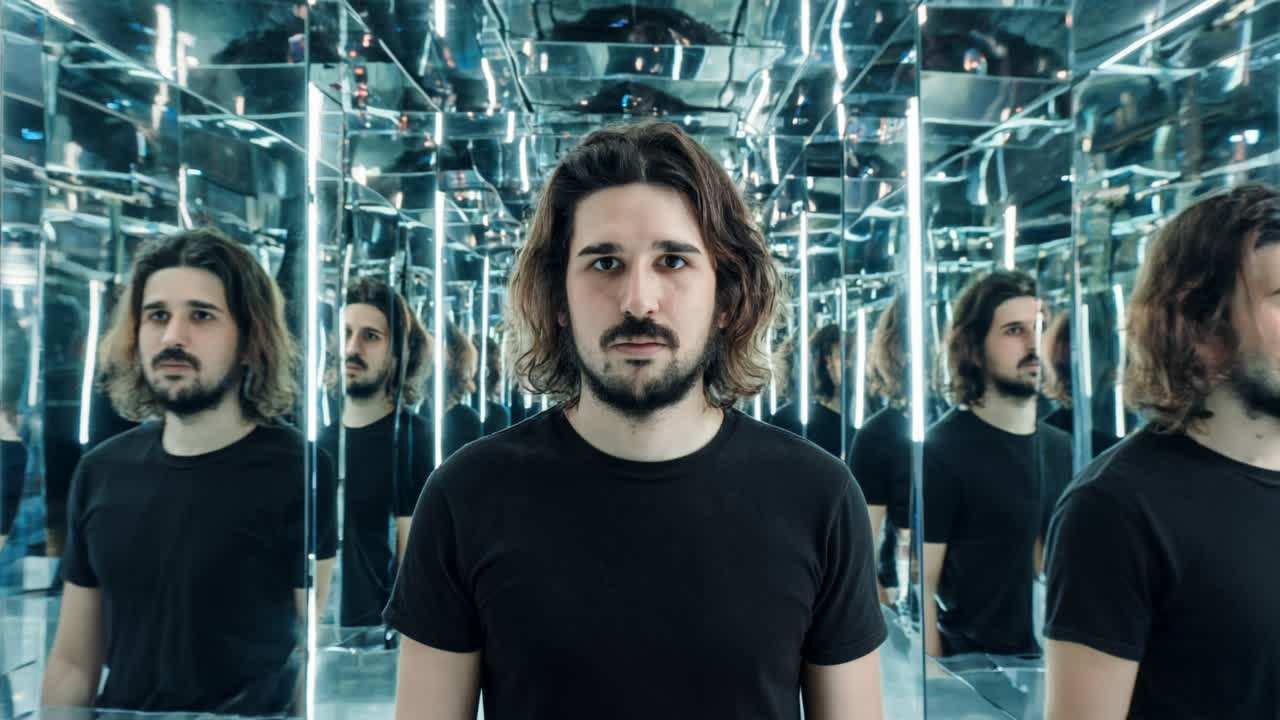
I am the co-founder and CTO of Runway, where I focus on our research efforts in advancing video generation models and building multimodal simulators of the world.
Contact
Writings
Towards Universal Simulation
October 11, 2024
Recent Press
How Runway is trying to solve AI hallucinations
Puck News • 2025
Empowering creators with general world models
Cognitive Revolution • 2024
A brief history of video generation
Ray Summit • 2024
Machine Invented Worlds
Cerebral Valley • 2024
Runway’s Ambitions With Generative Video Models
Bloomberg • 2023
Old Projects/Art/Etc
2018 - Film Mirror
An interactive installation that allows participants to perform as iconic film characters, using pix2pixHD
2017 - Uncanny Road
Collectively hallucinating a never-ending road using Generative Adversarial Networks
2016 - Antipersona
Simulating using Twitter as someone else
2015 - Videodigest
Automatic video summaries
2015 - Thingscoop
Utility for searching and filtering videos based on their content using deep learning
2015 - Randomly Generated Social Interactions
Simulating the behavior of people in a social setting with a computer program
2015 - Welcome, Programmable Human
Simulating my behavior by a computer program
© 2025 Anastasis Germanidis